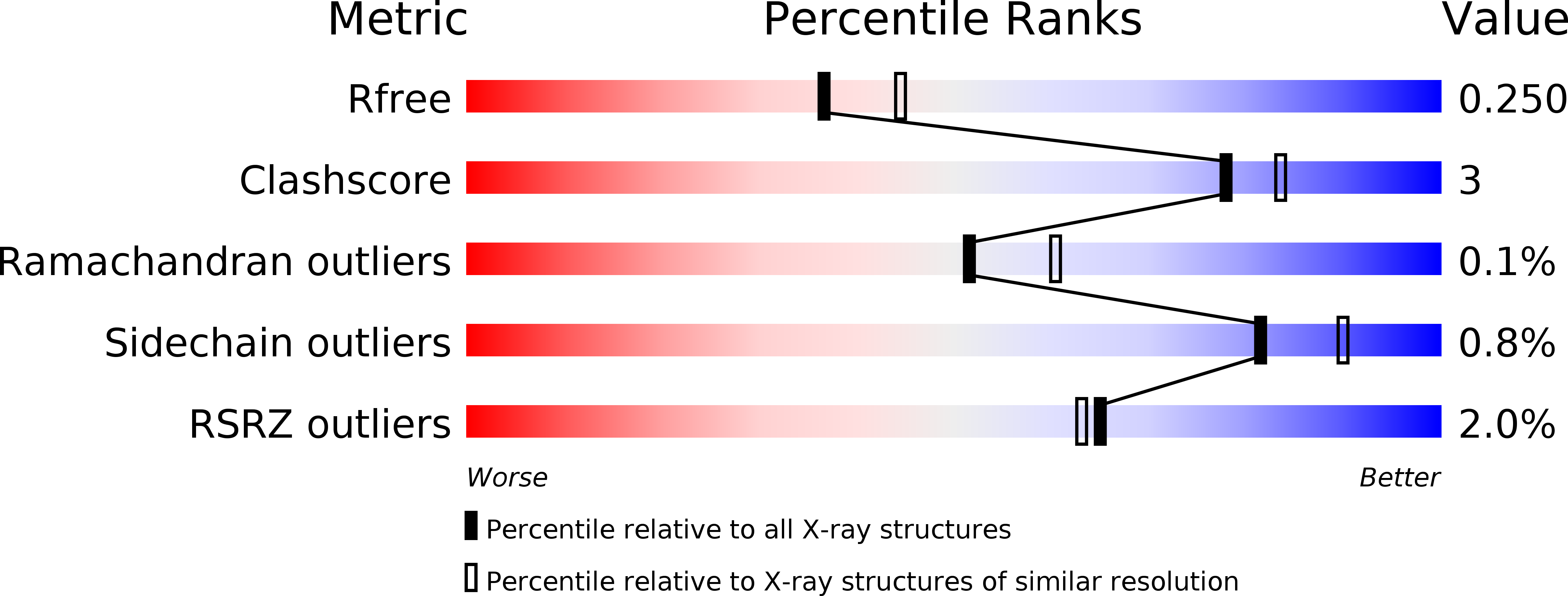
Deposition Date
2014-12-23
Release Date
2015-09-16
Last Version Date
2024-02-28
Entry Detail
Biological Source:
Source Organism:
Sulfolobus solfataricus (Taxon ID: 273057)
synthetic construct (Taxon ID: 32630)
synthetic construct (Taxon ID: 32630)
Host Organism:
Method Details:
Experimental Method:
Resolution:
2.20 Å
R-Value Free:
0.25
R-Value Work:
0.19
R-Value Observed:
0.20
Space Group:
P 31


